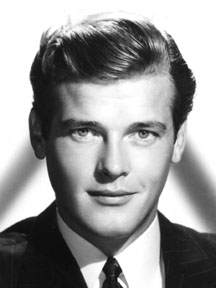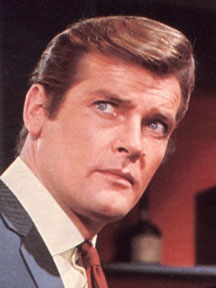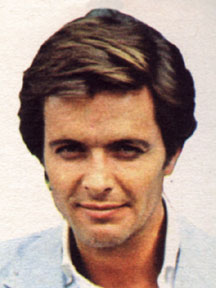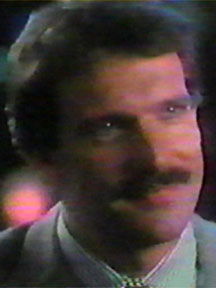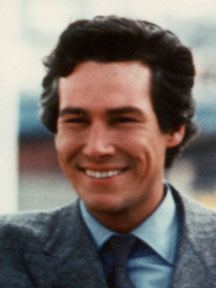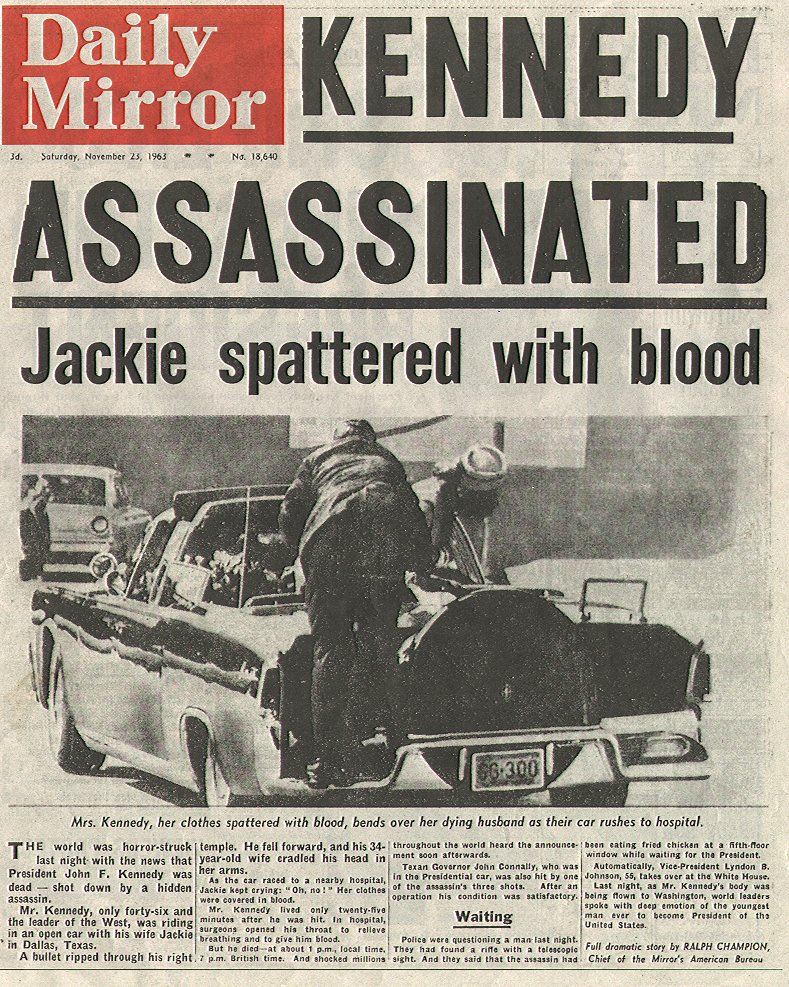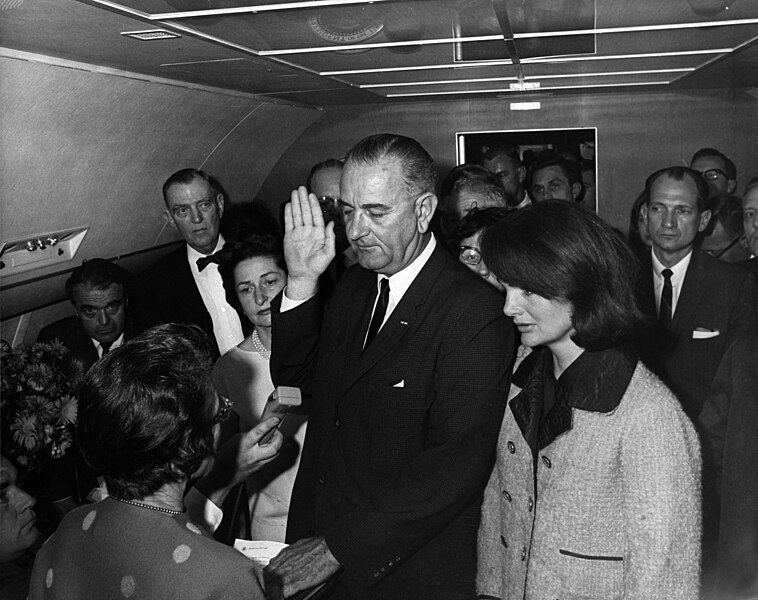
The prolific television producer had hits including Charlie's Angels and Beverly Hills 90210 which brought fame and a big fortune, which is still being fought over following his 2006 death.
Born to poor Polish-Jewish parents, Pearl and David Spelling, a tailor. He had three brothers, Sam, Max and Daniel, and a sister, Becky.
The young Spelling grew up in Dallas, where there were few Jews and consequently he endured much bullying. He later claimed to have suffered a nervous breakdown at age nine as a result of this torment. He took a year out of school, spending his time reading prolifically, his favourite authors being Mark Twain and O Henry (the pen name of American writer Sydney Porter whose trademark was a clever twist in the story’s end). When Spelling returned to school, he brought with him an intense love of fiction writing.
He attended Forest Avenue High School (now known as James Madison High School). Following his graduation, he joined the US Air Force at age 19 and served during World War II, from 1942 to 1945. He organised theatrical performances for the troops and was decorated with a Bronze Star Medal, Purple Heart with oak leaf cluster. There is some uncertainty regarding the year 1945–1946. Spelling originally claimed to have been educated at Sorbonne University, Paris but later said he had been travelling in Madrid and Rome.
Returning to America in 1946, Spelling studied a Bachelor of Arts degree, majoring in Journalism, at the Southern Methodist University, Dallas, Texas. It was here he began his writing career, becoming a successful student playwright. Spelling won the Eugene O’Neill Award for Original One-Act Play in 1947 and 1948 and graduated in 1949.
In the years between graduating and marrying his first wife, Spelling attempted unsuccessfully to get his break as a playwright on Broadway. He also spent this time directing a few plays in the Dallas area and even worked as a roadie for an all-girl band. On 10 April 1953 he married American actress Carolyn Jones, who had grown up in Amarillo, Texas. Later that year, the couple moved to Hollywood, California and Spelling started working as an actor. In 1954 he officially began his writing career when he sold his first script to the Jane Wyman Theatre.
In 1956, Spelling moved to writing for television series such as Dick Powell’s ‘Zane Grey Theatre’ (1956-61); ‘Playhouse 90’ (1956-61), the distinguished CBS drama series; and ‘Wagon Train’ (1957-65), a Western. He worked at Four Star Studio Productions, from 1956 to 1965, becoming a producer in 1959, where he created ‘The Lloyd Bridges Show’ (1962-63); ‘Burkes Law’ (1963), that earned him a Golden Globe award; ‘Honey West’ (1965); and helped develop ‘The Smothers Brothers Show’ (1967-75). His marriage having broken down, Spelling and Carolyn Jones were divorced in 1964. His writing talent was acknowledged with a Writers Guild of America Award in 1965. On 23 November 1968, Spelling married his second wife, Carole (Candy) Marer. The couple had daughter, Victoria (Tori), in 1973 and son, Randall (Randy), in 1978. Both children became actors in their teens.




After leaving Four Star, Spelling joined forces with actor Danny Thomas and created Thomas-Spelling Productions. They worked together from 1968 to 1972 and produced the successful ABC TV detective series ‘The Mod Squad’ (1968-73), earning six Emmy Award nominations for Outstanding Drama Series. In 1972 he formed Spelling-Goldberg Productions with fellow producer Leonard Goldberg and served as co-president. They worked together until 1977, producing hit television shows such as ‘The Rookies’ (1972), ‘Starsky and Hutch’ (1975) and ‘S.W.A.T.’ (1975-76). The weekly hour-long drama co-produced with Mike Nichols, ‘Family’ (1976), is considered by many as Spelling’s best work and won three Emmy nominations, in 1977, 1978 and 1980, for Outstanding Drama Series.
Then followed ‘Charlie’s Angels’ (1976) and ‘The Love Boat’ (1977). In 1977 he formed and became president of Aaron Spelling Productions, producing ‘Fantasy Island’ (1978). When detective drama series ‘Vega$’ (1978) was aired on ABC, Spelling was already producing a third of its prime-time output. Next was the hugely popular ‘Hart to Hart’ (1979). Spelling also produced two notable television films, ‘The Boy in the Plastic Bubble’ (1976), starring a young John Travolta, and ‘Little Ladies of the Night’ (1977), starring David Soul.
The start of 1980s found Spelling accused of fraud. Whilst he was not prosecuted, the Los Angeles District Attorney accused him of shoddy business practices. However, he continued to produce success after success, with television films: ‘The Best Little Girl in the World’ (1981), ‘Mr Mom’ (1983), ‘‘Night Mother (1986)’, ‘Surrender’ (1987) and ‘Cross My Heart’ (1987). His television series included the unforgettable ‘Dynasty’ (1981) starring Joan Collins with big hair and shoulder pads; ‘T.J. Hooker’ (1982) with William Shatner; ‘Hotel’ (1983); ‘Hollywood Wives’ (1985); Dynasty’ spin-off ‘The Colbys’ (1985); ‘Crossings’ (1986) and ‘Nightingales’ (1989). Spelling won a 1983 Golden Globe award for Best Television Series (Drama) for ‘Dynasty’. By the mid 1980s, Spelling’s estimated worth was over $3 million and he was living with his family in a luxurious mansion in Holmby Hills, outside Los Angeles. In 1986, his company, Aaron Spelling Productions, went public as Spelling Entertainment and in 1989 he won his first Emmy award for Outstanding Drama/Comedy Special for television film ‘Day One’ (1989), about the building of the atomic bomb.
The 1990s saw no change in Spelling’s ethos of being constantly hard at work producing both television films and series. Notable films were ‘Soapdish’ (1991), a comedy with Sally field, Robert Downey and Jr. Kevin Kline, and ‘And the Band Played On’ (1993), about the discovery of AIDS. It was one of the first films of its kind and won Spelling his second Emmy in 1994, for Outstanding Made for Television Movie. Notable series were the popular ‘Beverly Hills 90210’ (1990), in which his daughter Tori Spelling starred; ‘Melrose Place’ (1992); ‘Winnetka Road’ (1994), ‘Models, Inc.’ (1994), ‘Savannah’ (1995), ‘Malibu Shores’ (1995), ‘Kindred: The Embraced’ (1996), ‘7th Heaven’ (1996) and ‘Charmed’ (1998).
In 1996 Spelling co-wrote his book with Jefferson Graham, ‘Aaron Spelling: A Prime-Time Life’ (1996), published in New York. He was honoured with a star on the Hollywood Walk of Fame. Spelling won the 1997 Soap Opera Digest Editor’s Choice Award and the Louella Parsons Award at the 1998 Golden Apple Awards. In 1998, the Southern Methodist University, Dallas, honoured him with its Distinguished Alumnus award. Spelling won the 1999 BAFTA Britannia Award for Television and the Producers Guild of America David Susskind Lifetime Achievement in Television Award in 2000. He produced television film ‘Titans’ (2000) before being diagnosed in 2001 with oral cancer, from a lifetime of smoking cigarettes.


Battling his disease, he continued to work but rarely gave interviews and handed over control of his company to his business partner, E. Duke Vincent and the company’s president, Jonathan Levin. In 2004, Dan Catellaneta portrayed Spelling in NBC’s film ‘Behind the Camera: the Unauthorized Story of Charlie’s Angels’.
On 28 January 2006 his former nurse seeking unspecified damages for 10 claims sued Spelling. These included discrimination, sexual harassment, sexual battery, retaliation assault, wrongful termination and intentional infliction of emotional distress. On 18 June 2006 Spelling suffered a severe stroke whilst at home and was briefly hospitalised. He died five days later, age 83, on 23 June 2006, from complications following the stroke. He is survived by his wife Candy and children, Tori and Randy. The family held a private funeral a few days later and his body was interred in a mausoleum in Hillside Memorial Park in Culver City, California. A tribute to Spelling was given at the 2006 Emmy Awards ceremony, led by Joan Collins and Heather Locklear.
Spelling was a member of several institutes, including: The Board of Directors, American Film Institute; the Writers Guild of America; the Producers Guild of America; the Caucus of Producers, Writers and Directors; Hollywood Radio and TV Society; Hollywood TV Academy of Arts and Sciences; and the Academy of Motion Picture Arts and Sciences.


Whilst perhaps best known for the escapist nature of his films and series, he frequently selected socially relevant issues, both positive, such as caring family values, and negative, such as militant youth, discrimination against women, racism and homophobia. Whatever the theme, Spelling always concentrated on style and attention to detail. Constantly pleasing both viewers and critics, Spelling was television’s most prolific and successful producer of dramatic series and made-for-television films. Has been described as an auteur – a filmmaker whose individual style and complete control over all the elements of production give a film its personal and unique stamp. He certainly was tireless in his copius generation of entertainment and his legend will live on.





